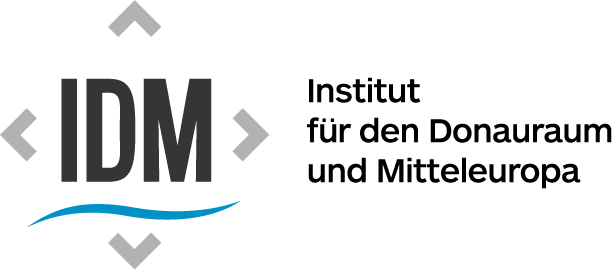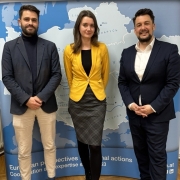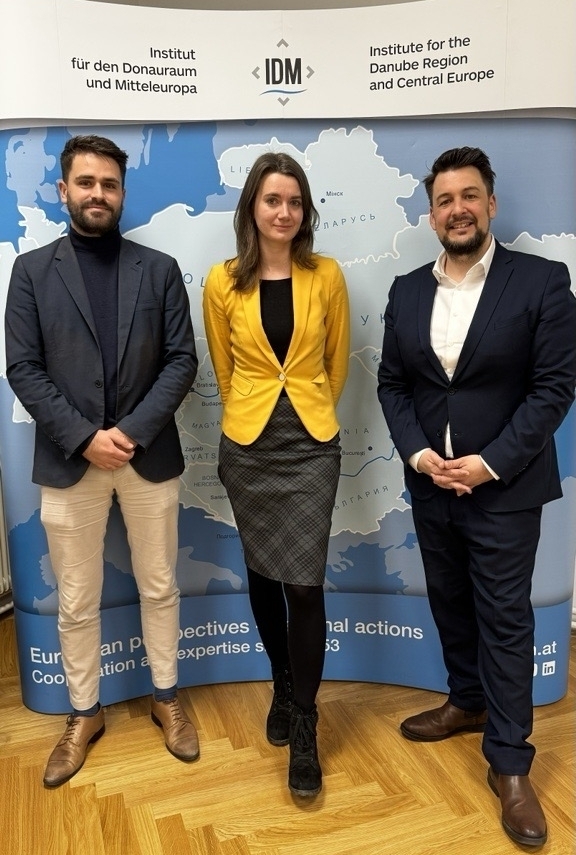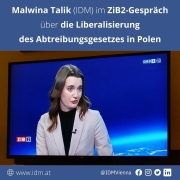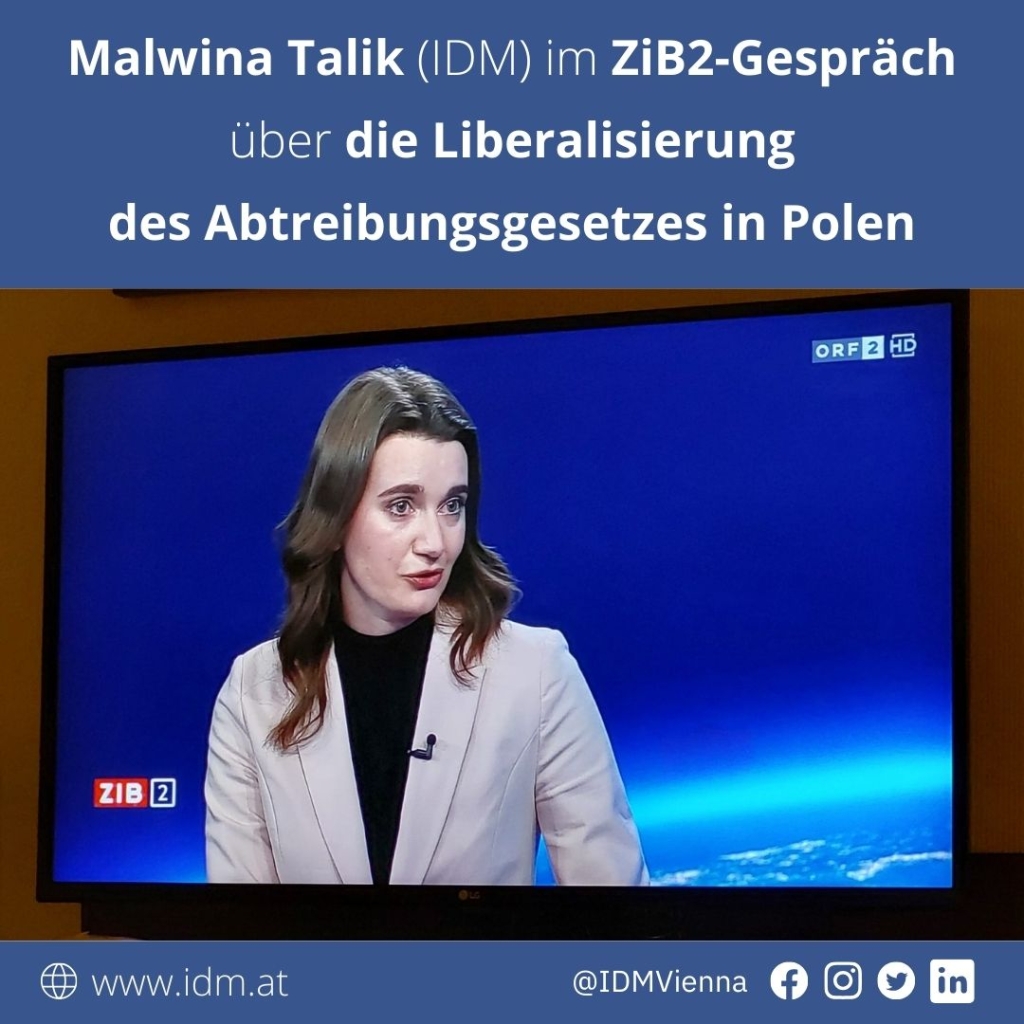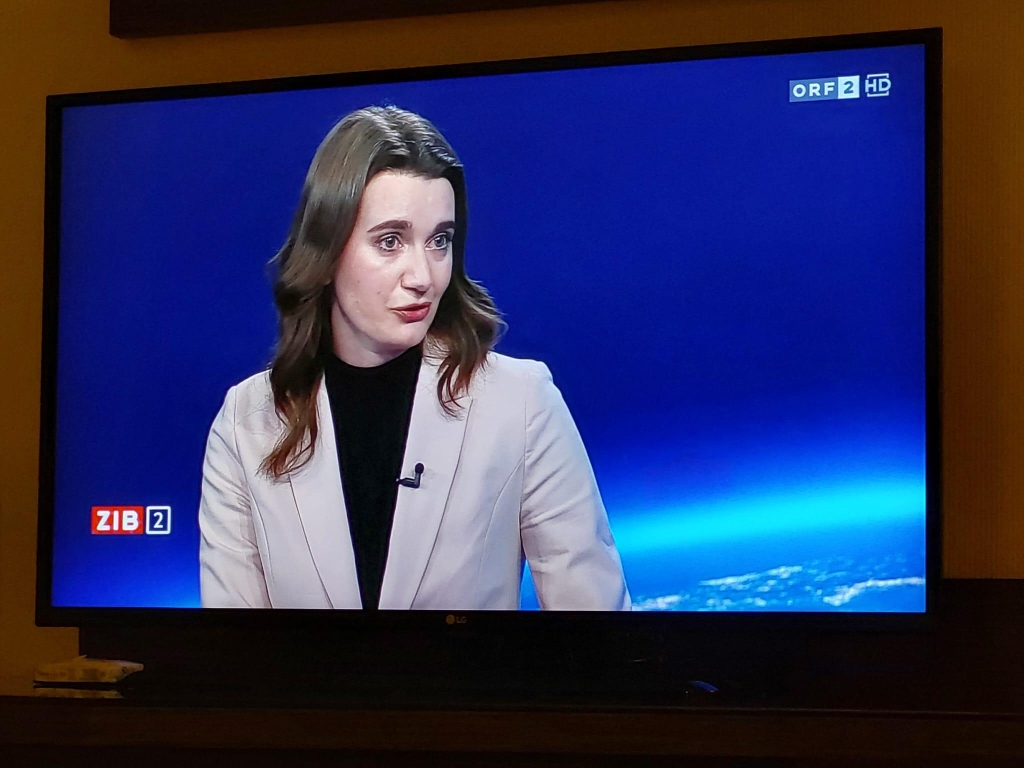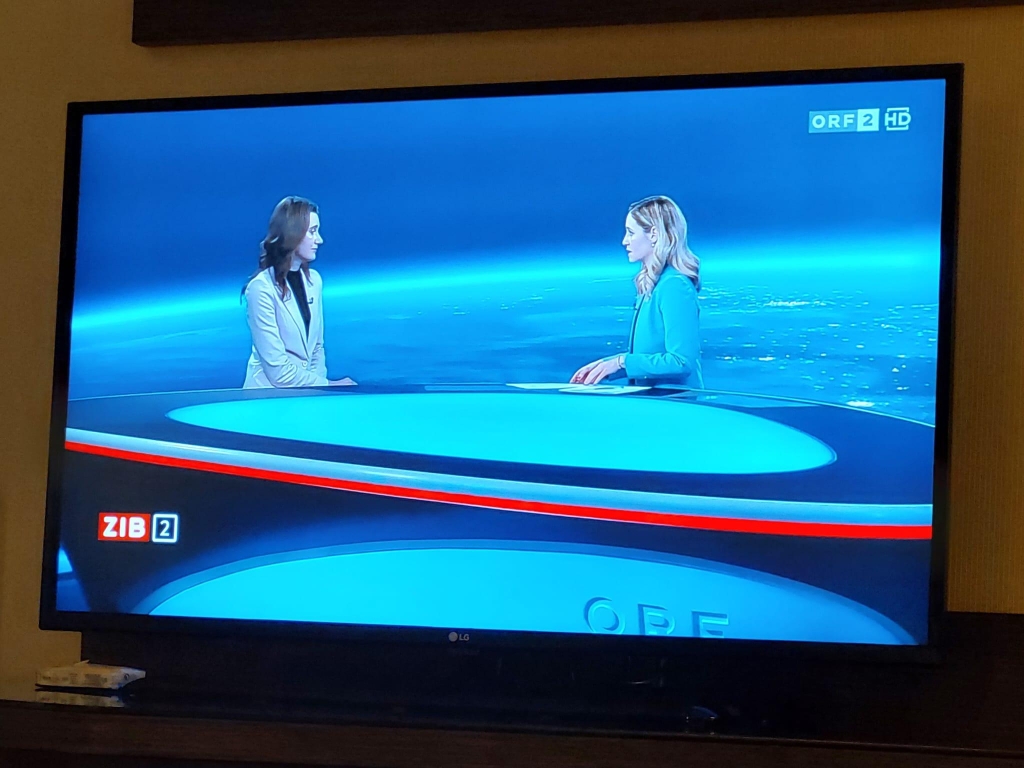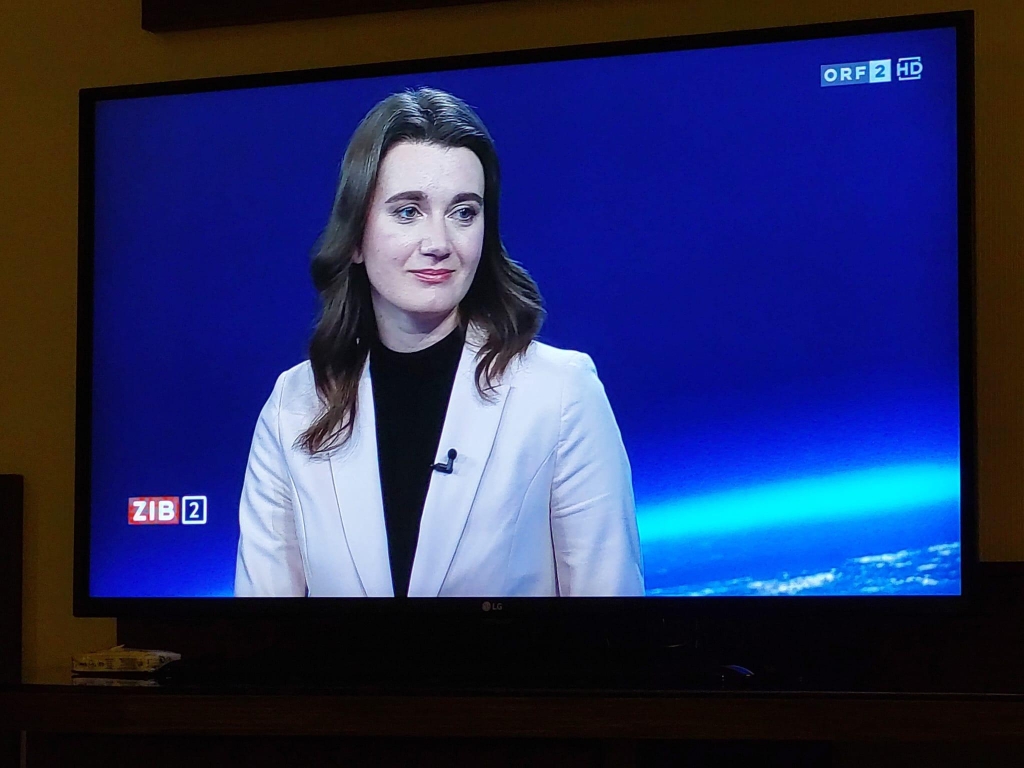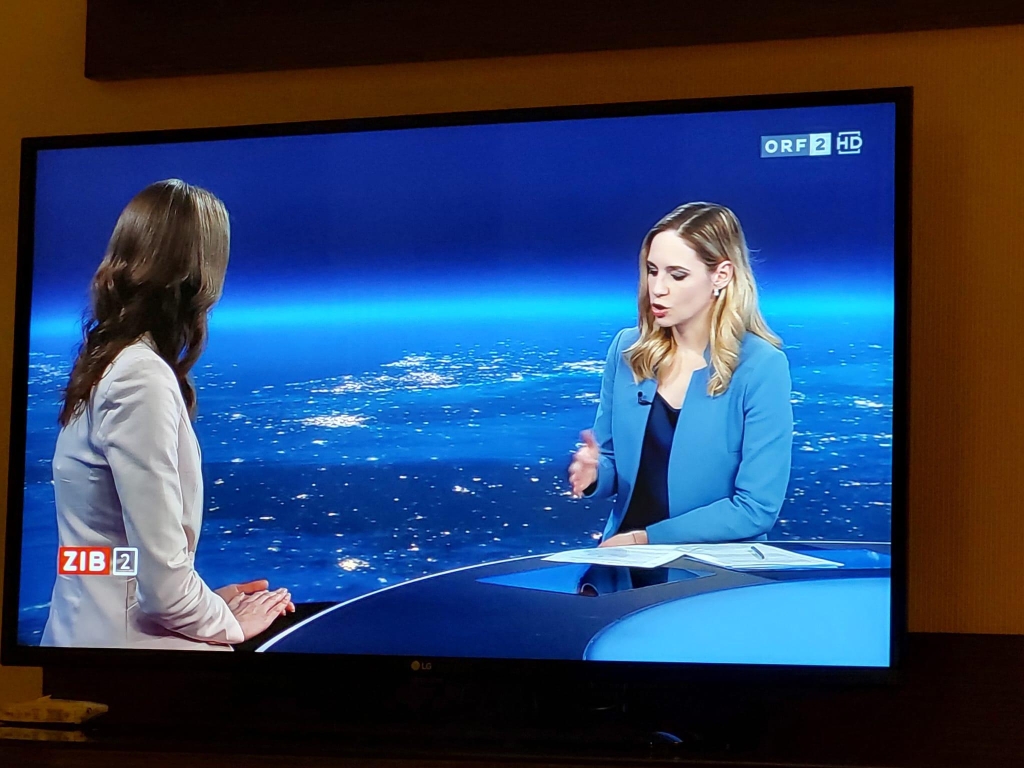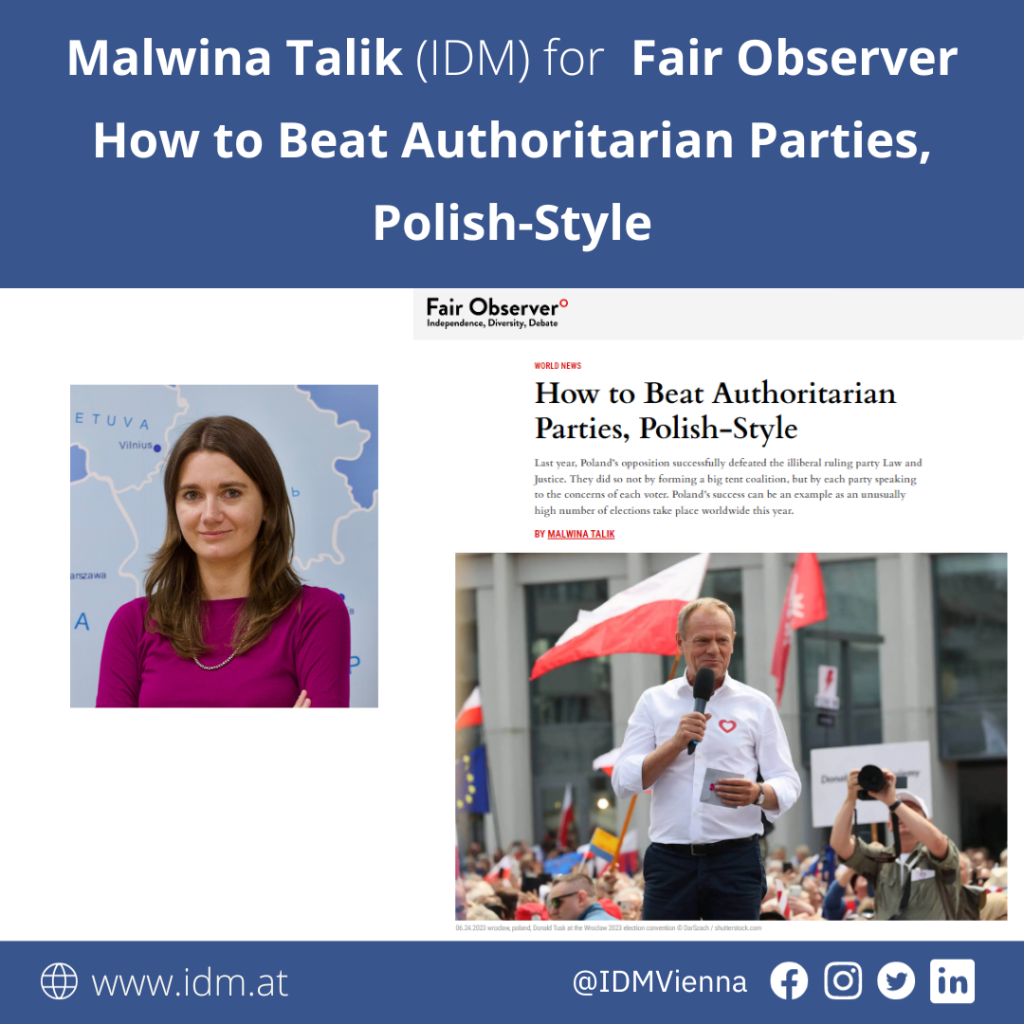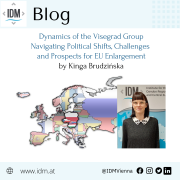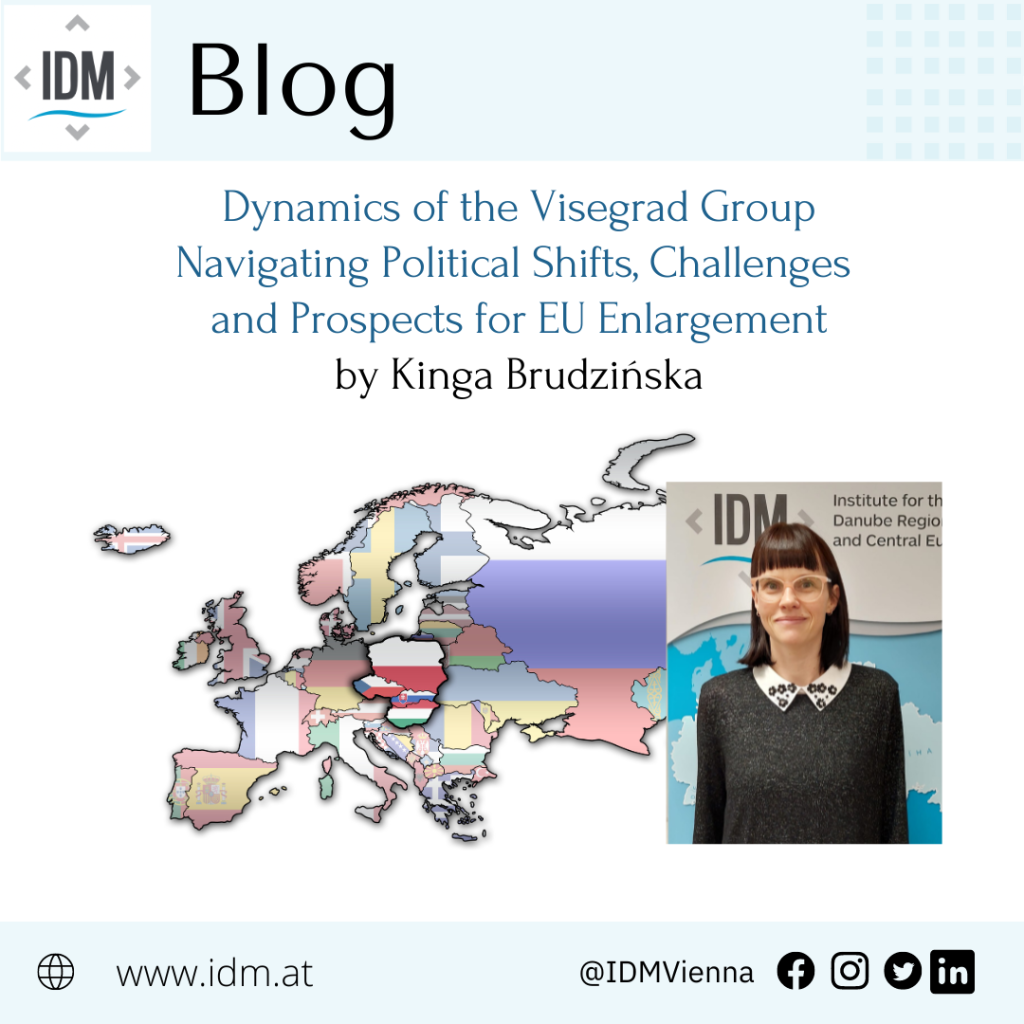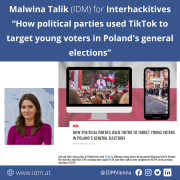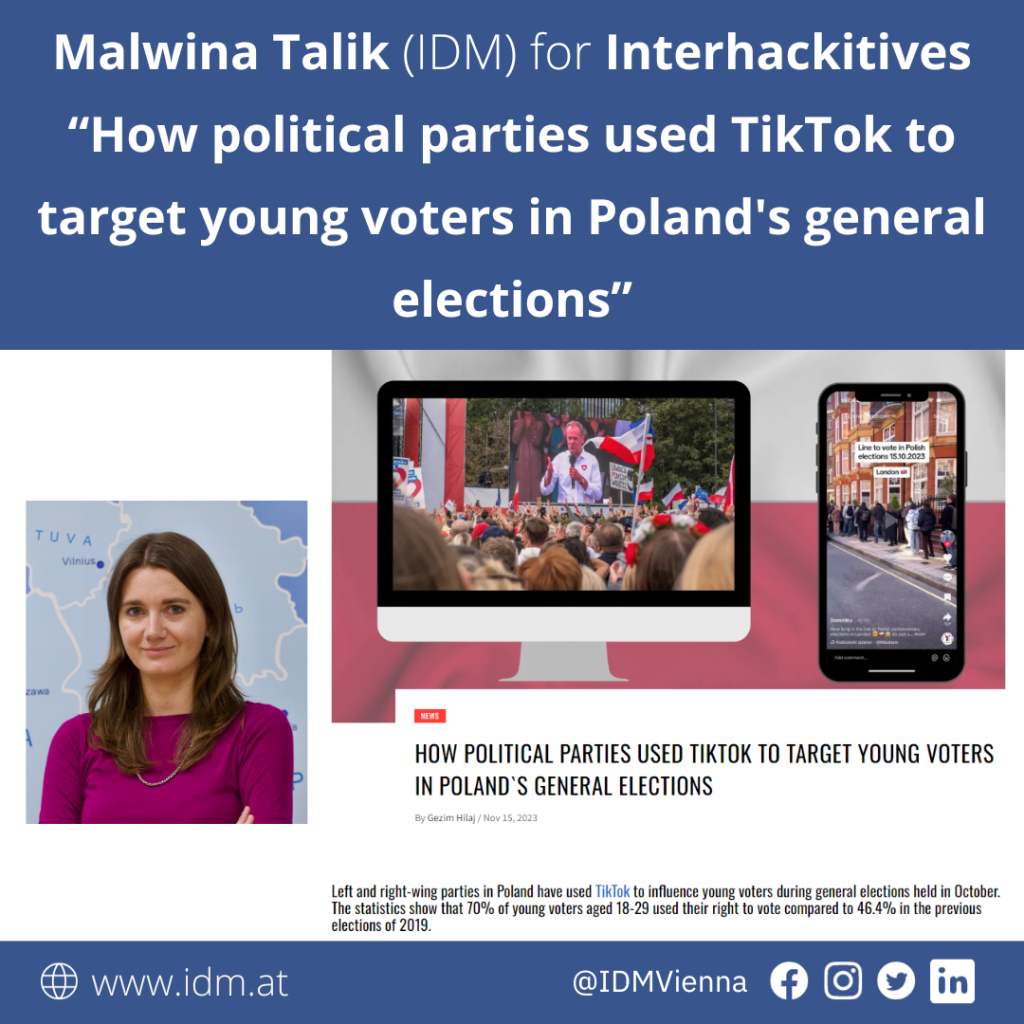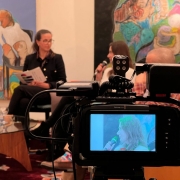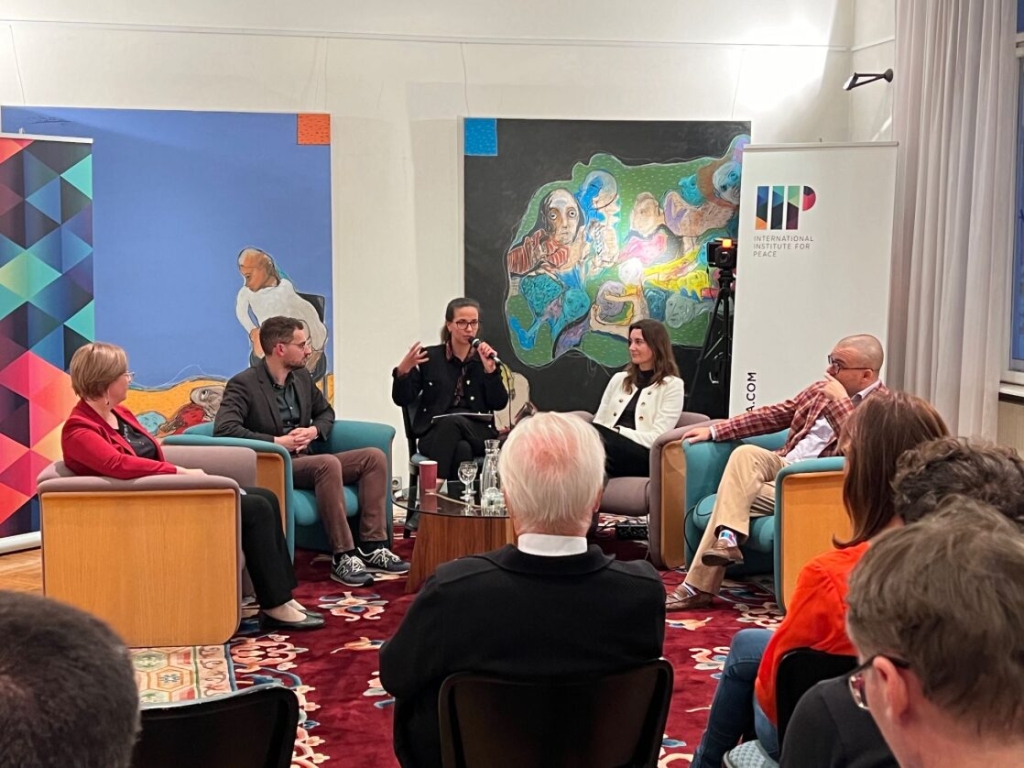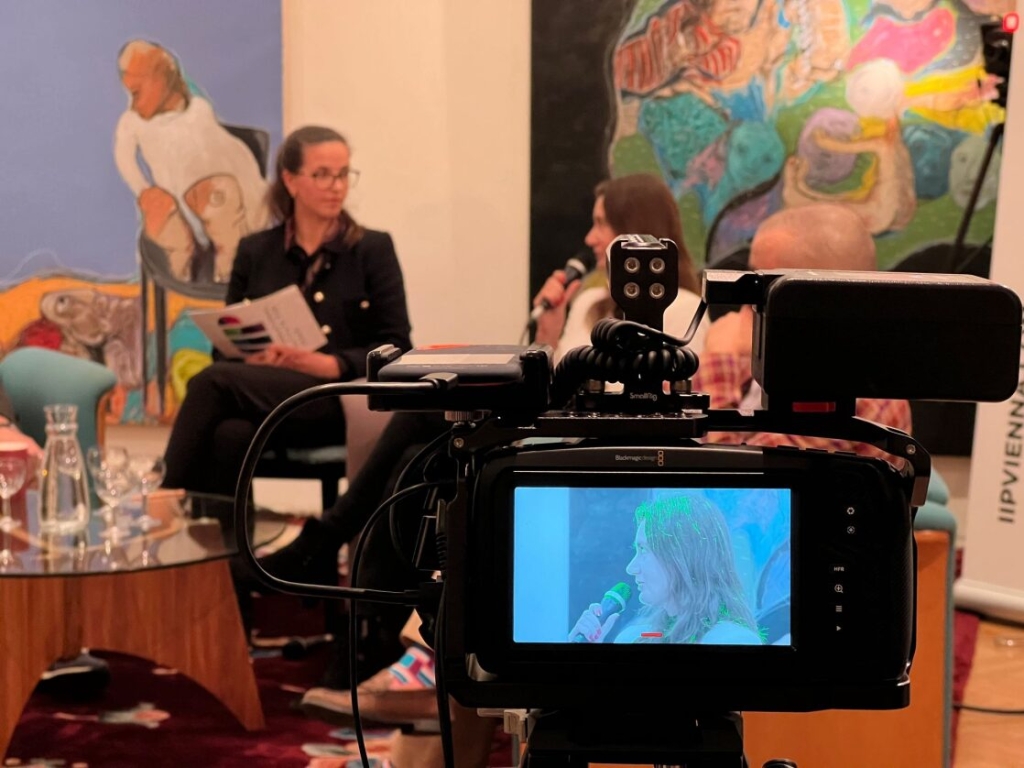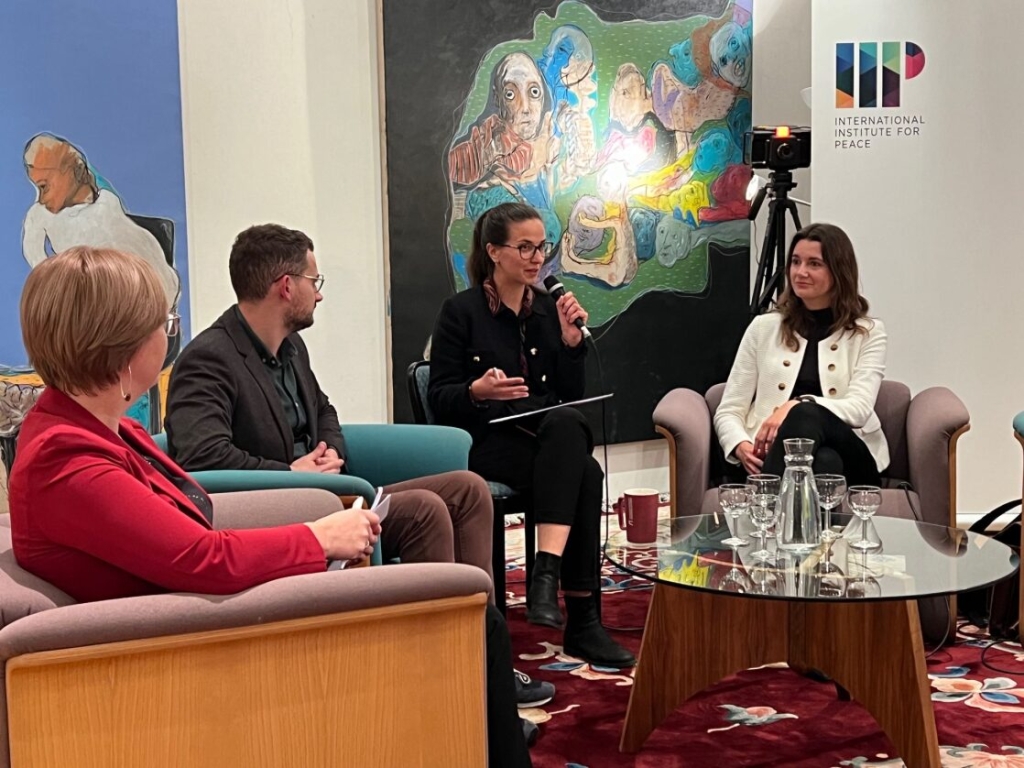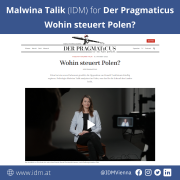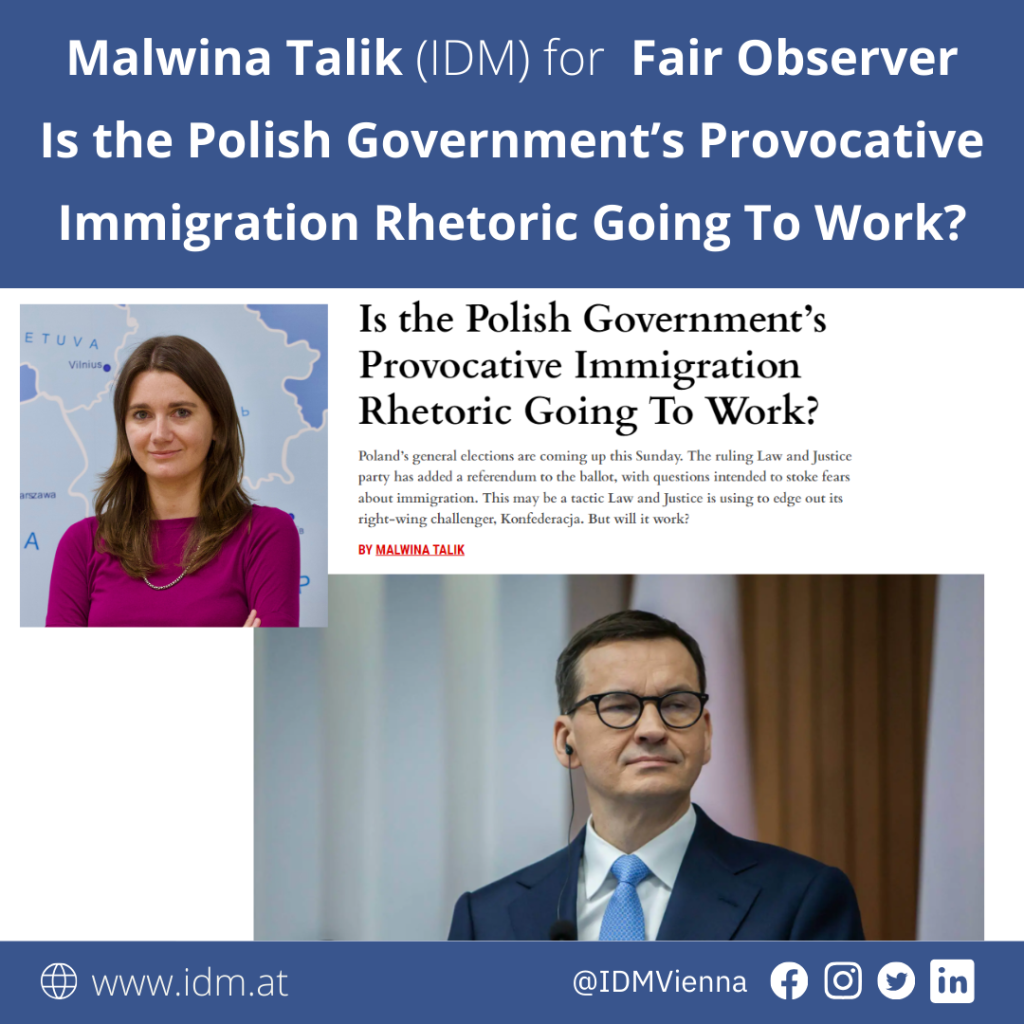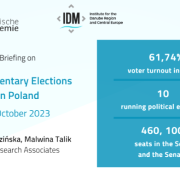Vergangenheit ohne Wiedererkennungswert

Die sozialen Räume der Nostalgie sind in Polen entweder selektiv oder übertrieben kitschig. KAROLINA GOLINOWSKA findet die authentischsten Formen der Nostalgie im polnischen Kultursektor.
Wer durch die Warschauer Innenstadt schlendert, kann sie heute kaum übersehen: Weiß-rote Flaggen zieren das Straßenbild, es findet ein großer Umzug statt. An diesem 3. Mai begehen die Pol*innen den „Tag der Verfassung“. Sie gedenken der ersten modernen Verfassung Europas, die 1791 in der polnischen Hauptstadt unterzeichnet wurde. Nur wenige Straßen weiter können Besucher*innen des Museums „Leben in der Volksrepublik Polen“ auf einem nachgebildeten kommunistischen Kinderspielplatz Himmel und Hölle spielen. Weniger Aktive nehmen auf den muffigen roten Klappsesseln in einem nachgeahmten Kinosaal Platz. Die Formen der Nostalgie in Polen sind vielfältig und schaffen eine Simultanität verschiedener historischen Zeiträume.
Nostalgie ist eine der möglichen Annäherungen an die gemeinsame Vergangenheit. Durch Wiederholung gewinnen nostalgische Praktiken an Bedeutung und festigen sich im sozialen Gedächtnis. Doch nicht immer beinhaltet Nostalgie ein politisches Element, wie Marketingstrategien – zugeschnitten auf Konsumbedürfnisse – beweisen. Aus diesem Grund möchte ich drei verschiedene Arten von Nostalgie unterscheiden, die sich auf die zeitgenössische Kultur in Polen beziehen.
Wie viel Staat braucht der Kultursektor?
Die Sehnsucht nach der Volksrepublik wird oft direkt von älteren Generationen geäußert. Sie sind unzufrieden mit den kulturellen Aktivitäten junger Menschen, denn die sogenannten „klassischen“ Formen der kulturellen Teilhabe werden immer unbeliebter. Vorbei scheint die Zeit, in der Musiksäle, Opernhäuser und Theater ein junges Publikum begeisterten. Zu Zeiten der Volksrepublik hingegen sahen es die „kultivierten“ Schichten als ihre persönliche Pflicht, diese Angebote in Anspruch zu nehmen – schließlich demonstrierten sie damit soziales Ansehen. Die heutigen kulturellen Praktiken haben sich nicht zuletzt durch die technologischen Entwicklungen verändert, klassische Kulturformen verlieren scheinbar an Attraktivität.
Seit den 2000er Jahren wächst allerdings die Zahl der Angebote, die auf kulturelle Teilhabe, Bildung und kulturelles Engagement abzielen. Kultureinrichtungen führen Projekte ein, um Chancengleichheit herzustellen, indem sie versuchen, Bildungs- und Sozialdefizite abzubauen. Diese Projekte werden in der Regel von staatlichen Institutionen finanziert. Schlagworte wie „Einbeziehung sozialer Randgruppen“ finden sich in solchen Programmen zuhauf. Sie betonen die Notwendigkeit, Kinder für zeitgenössische Kultur zu sensibilisieren. Dabei gehen sie davon aus, dass Investitionen in die jüngste Generation einen bedeutenden Einfluss auf ihre spätere Teilhabe an Kultureinrichtungen haben wird. In vielen dieser Leitsätze schwingen Grundgedanken aus der Volksrepublik mit. So beschäftigte sich der polnische Soziologe Aleksander Wallis bereits 1981 mit dem Problem der Zentralisierung des kulturellen Lebens, besonders in den Bereichen Kunsterziehung und kulturelle Infrastruktur. Ein besonderes Anliegen war ihm die Stärkung von Kultureinrichtungen im ländlichen Raum. Auch heute, Jahrzehnte nach der Wende, ist klar, dass dies nur mit staatlicher Unterstützung gelingen kann.
Selektive Nostalgie als verbindendes Element
Eine weitere soziale Praxis, die als nostalgisch bezeichnet werden kann, finden wir im öffentlichen Raum. Staatliche Feiertage aus der Zeit der Volksrepublik werden heute als totalitäre Propaganda wahrgenommen, obwohl sich viele von ihnen auch auf prä-kommunistische Ereignisse bezogen. Jegliches Gedenken an Lenin oder Stalin wurde aus dem Staatskalender radiert und durch neue Anlässe zum Feiern ersetzt. Der Soziologe Przemysław Sadura schrieb im Jahr 2013 dazu: „Die Lehrer*innen, die uns damals auf die Maiparade mitgenommen hatten, nahmen uns nun zu den Messen zu Ehren des Vaterlandes am 3. Mai mit.“
Auch andere öffentliche Zeremonien zu Ehren kommunistischer Führer oder deren Gedankengutes wurden durch historische Jahrestage ersetzt, an denen oft siegreiche Schlachten rekonstruiert werden, wie die Gorlice-Offensive von 1915 (als österreichisch-ungarische und deutsche Armeen die russische besiegten), die Schlacht von Mława 1920 (Sieg im polnisch-sowjetischen Krieg) und die Radłowska-Offensive von 1939 (Rekonstruktion einer polnisch-deutschen Schlacht). Solche Shows bedienen die Sehnsucht nach einer „Erfahrung der Zusammengehörigkeit“, die als nostalgisch bezeichnet werden kann. Denn das Gefühl, Teil einer Gemeinschaft zu sein, ging im Laufe der Transformation zunehmend verloren. Darüber hinaus unterstützen solche Veranstaltungen die Schaffung einer selektiven polnischen Geschichte, um das „richtige“ kollektive Gedächtnis zu stärken.
Einmal Nostalgie light, bitte!
Schließlich ist Nostalgie durch Produkte und deren Konsum als dritte soziale Praxis zu nennen. Die Nostalgieindustrie wächst in den meisten Ländern des Ostblocks als scheinbar natürliche Reaktion auf die zunehmende zeitliche Entfernung zu diesem historischen Abschnitt. Nostalgie wird amüsant und ideal für die Bedürfnisse des zeitgenössischen Konsumverhaltens präsentiert. Hier besteht das Grundprinzip darin, ein Gefühl der Verbundenheit mit der farbenfrohen und „exotischen“ Vergangenheit zu schaffen, insbesondere bei den jüngeren Generationen, die sie nicht miterlebten. Das Gefühl, etwas verloren zu haben, wird in vielen Facebook-Profilen wie „Born in the PRL“ oder „Pewex“ (ehemalige polnische Ladenkette für vorrangig westliche Waren) deutlich.
Am greifbarsten wird diese Sehnsucht nach scheinbarer Authentizität wohl im Museum „Leben in der Volksrepublik Polen“. Hier können Besucher*innen durch verschiedene Zimmer mit für die damalige Zeit typischen Wohnungsinterieurs spazieren, oder eine bunte Sammlung aus alten kommunistischen Geräten und Waren bestaunen. Das Privatmuseum präsentiert eine Geschichte, die einfach, unterhaltsam und unpolitisch erscheint. Dasselbe gilt für Bars, deren Design direkt von Einrichtungen der Kneipen in der Volksrepublik inspiriert ist. Die meisten von ihnen heißen Pub PRL oder Pijalnia Wódki i Piwa (Wodka- und Biertrinkraum), was die ursprüngliche Bezeichnung für Kneipen im kommunistischen Polen war. Einige von ihnen versuchen authentischer zu wirken, indem sie jedes noch so kitschige kommunistische Souvenir ausstellen. Diese Übertreibung verfälscht allerdings die Geschichte, und lässt sie zu einer leicht konsumierbaren, sanften, aus dem soziopolitischen Kontext herausgelösten Vergangenheit verkommen.
Im Umgang mit der polnischen Vergangenheit wird jede positive Äußerung über die kommunistische Zeit als moralisch verwerflich gehandelt. Nostalgie ist offenbar nur legitim, wenn die Vergangenheit übertrieben, humoristisch oder kitschig dargestellt wird. Und so zeigt sich die authentischste Form der Nostalgie heute wohl in den Bestrebungen von Kultureinrichtungen, marginalisierte Menschen einzubeziehen.
Karolina Golinowska ist Dozentin am Institut für Kulturwissenschaften der Kazimierz Wielki Universität in Bydgoszcz, Polen. Sie ist spezialisiert auf kulturtheoretische Studien mit Schwerpunkt auf kulturellem Gedächtnis, kulturellem Erbe und den Praktiken seiner Institutionalisierung.
